What is sake?
Japan produces rice all over the nation.
Sake is a fermented alcoholic beverage of Japanese origin, made from rice and water.
The country has more than 1,400 sake breweries (“sakagura” in Japanese) spread from north to south,
with the oldest one dating back to almost 900 years ago.
The taste of sake varies greatly depending on the origin of the rice and water used.
Because of this, when enjoying sake in Japan, we recommend trying out different varieties from different regions.
Sake has been consumed in Japan for over 2,000 years.
It is an essential alcoholic beverage for Japanese people and has colored Japanese food culture for centuries.
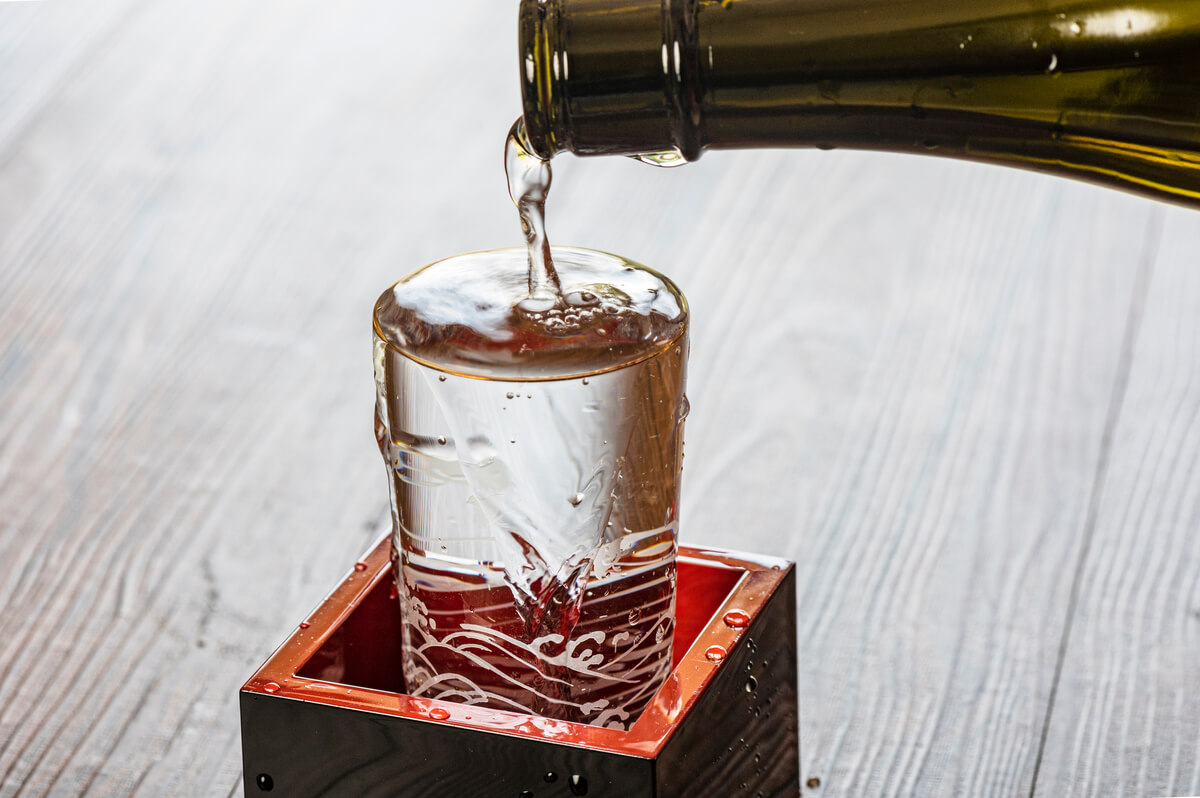
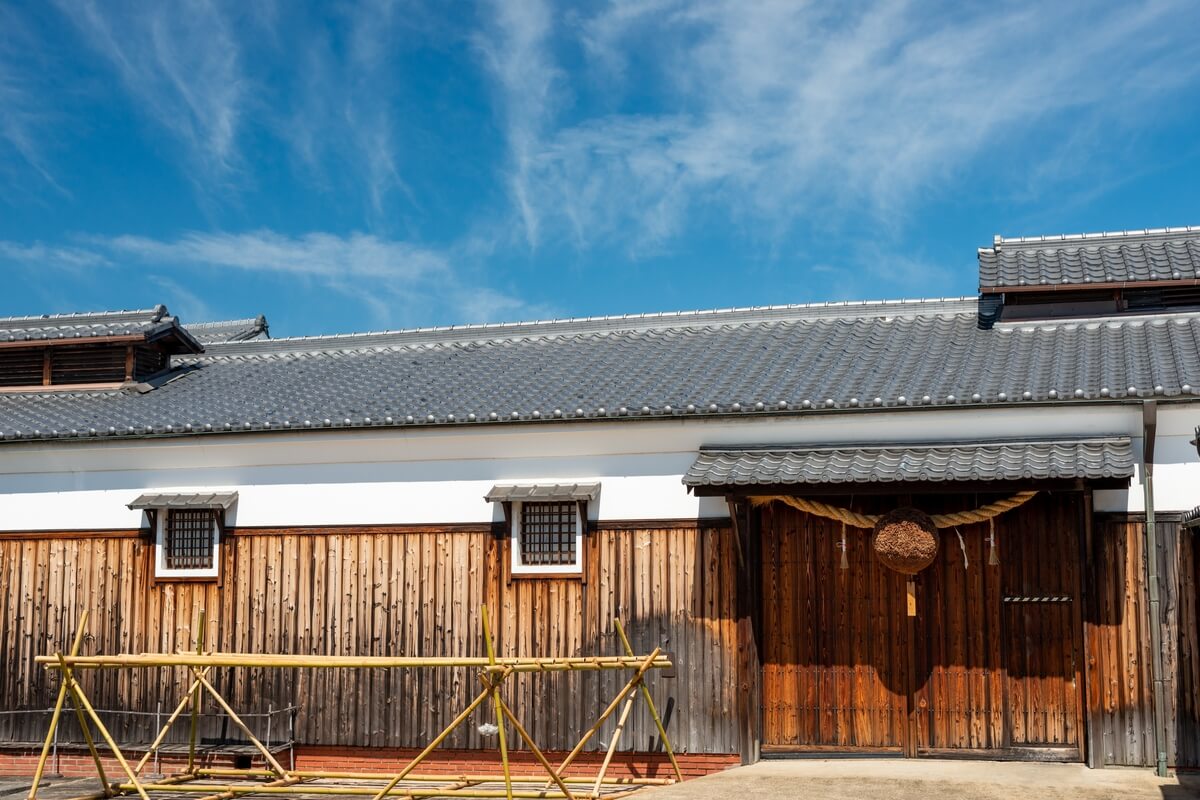
Varieties of sake
There are several types of sake, which will be explained below.
Junmai-shu
A kind of sake made using only rice, kome-koji (a traditional Japanese food ingredient made by inoculating koji culture into steamed rice and fermenting it), and water.
No additives or distilled alcohol are used in its production.
Its flavor profile varies greatly depending on factors such as the type of rice used, the brewing method, and water quality.
It is characterized by its strong rice flavor, with a rich taste and aroma.
Tokubetsu junmai-shu is a type of junmai-shu that is made from higher-quality rice than the rice used for junmai-shu, with a rice-polishing ratio (degree of milling) of 60% or less.
Junmai-shu is often made with an even lower ratio, and those with a rice polishing ratio of 60% or less are called junmai ginjo-shu.
Then from within junmai ginjo-shu, an exceptionally high-grade type with a rice polishing ratio of 50% or less is called junmai daiginjo-shu.
Honjozo-shu
A type of sake made by adding a small amount of distilled alcohol, along with rice and kome-koji culture, to adjust its taste and aroma.
It is known for its well-balanced, refreshing taste.
Among them, those with a rice polishing ratio of 60% or less are known as tokubetsu honjozo-shu, which has a more delicate and refined flavor than honjozo-shu.
Ginjo-shu
This is another type of sake made by adding a small amount of distilled alcohol, along with rice and kome-koji culture, with a rice polishing ratio of 60% or less.
It has a particularly fruity taste and rich aroma.
Among them, an exceptionally high-grade type with a rice polishing ratio of 50% or less is called daiginjo-shu.
It is characterized by its gorgeous, fruity aroma and smooth, deep flavor.
Nama-zake
As it is not heat-treated, nama-zake has a fresh, fruity flavor.
It must be kept refrigerated.
Nigori-zake
This type of sake is easily distinguishable by its cloudy appearance and rich flavor as it is not heavily filtered, allowing the rice grain to remain in the drink.
How to make sake
Sake production typically takes place in a brewery, not in a restaurant.
It is a complex process where craftsmanship plays a large role.
First, high-quality sake rice is carefully selected and thoroughly cleaned.
To ensure even absorption of moisture, the rice is soaked in water and dried for the appropriate amount of time.
The cleaned rice is then steamed.
Steaming plays a crucial role in determining the quality of sake, and expert experience and skill are essential in this step.
Next, koji culture is sprinkled on a portion of the steamed rice, which is then fermented under a constant temperature and humidity.
The koji formed during this process is responsible for converting the starch in the rice into sugar.
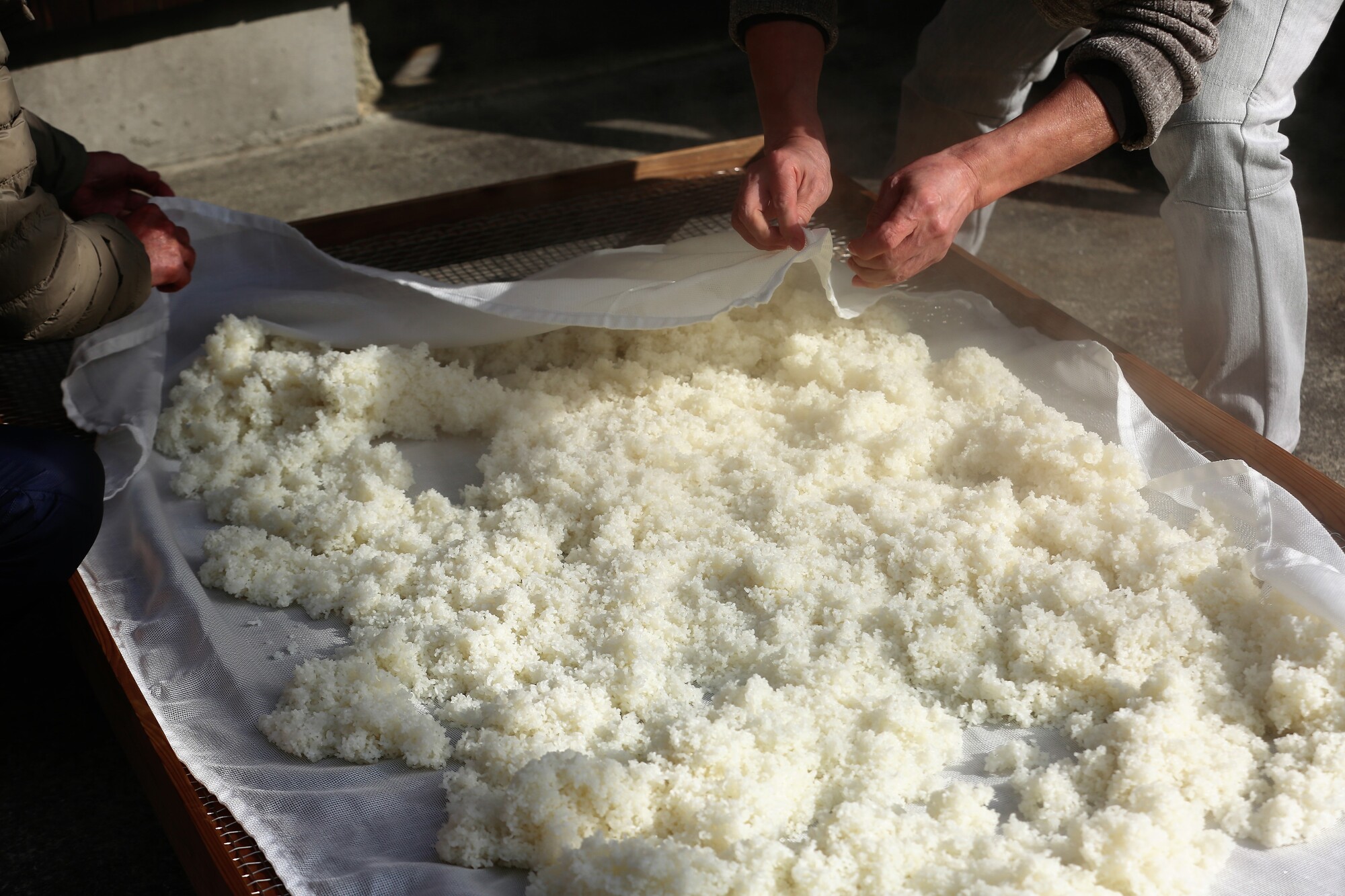
The resulting koji, steamed rice, and water are mixed in turn for fermentation to make moromi (fermented mash).
This process, known as "sandan-jikomi (three-stage preparation)," is critical in determining the quality of sake.
The moromi is then fermented for a specific period of time.
Temperature control is important, and the brewer pays close attention to even the slightest changes in temperature to maintain optimal fermentation conditions.
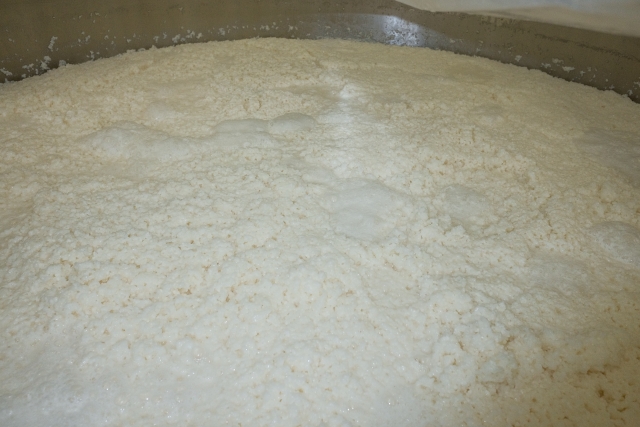
The solids are then removed from the moromi, and the liquid portion is pressed out.
This pressing method also plays a role in determining the flavor of the sake.
After pressing, the sake is aged for a certain period of time in tanks or bottles.
This aging process rounds out the flavor.

The sake is then heated to sterilize it (called the hi-ire process) and stabilize its quality.
However, hi-ire is not done for nama-zake (raw sake).
Finally, the finished product is bottled and shipped.
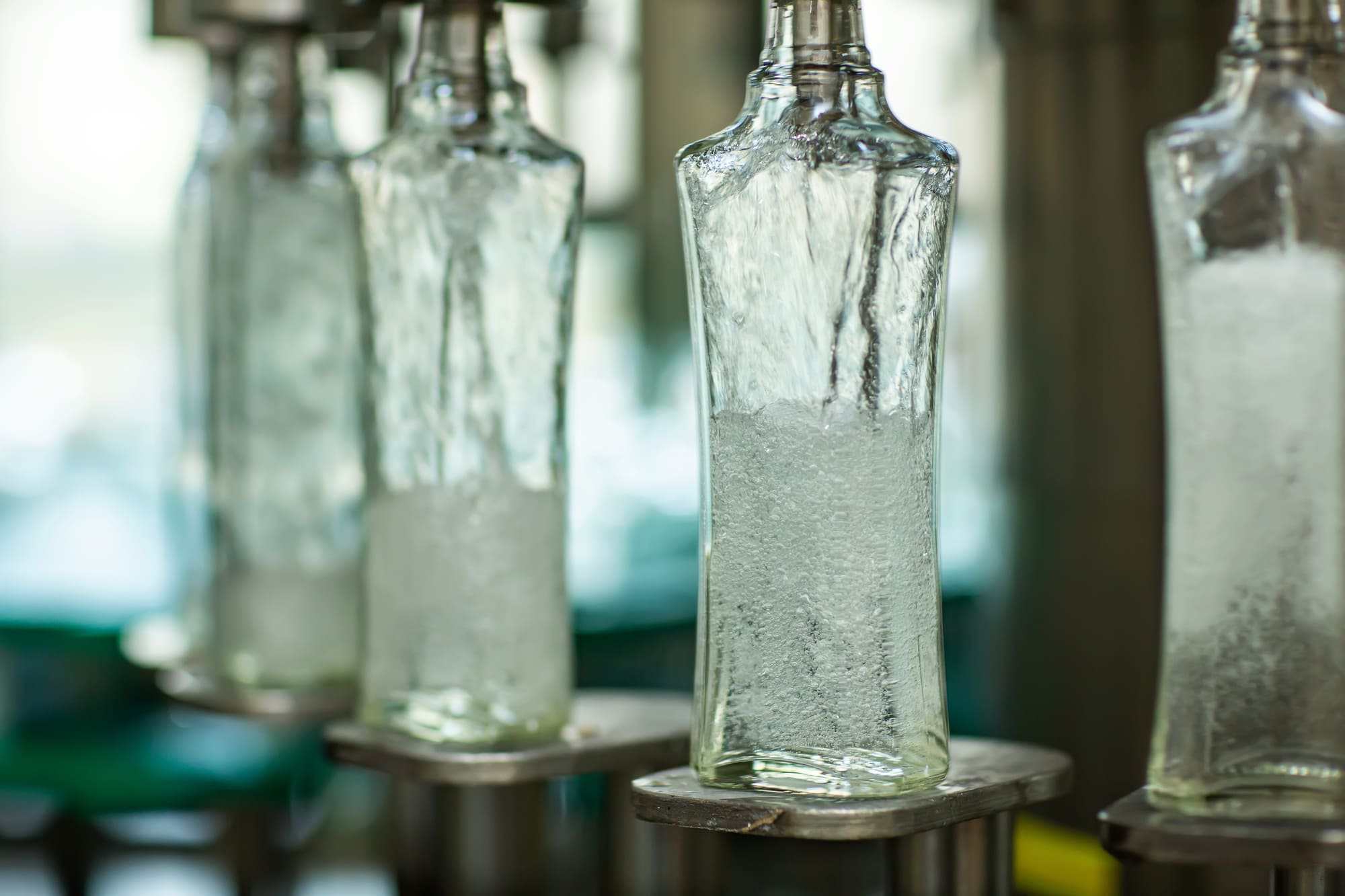
Sake production is an artistic process that requires the expert skill and experience of a brewer for each step of the process.
The careful attention to detail in temperature control, rice handling, and monitoring fermentation determines the quality of the sake.
How to drink sake
Choose a type
Sake has indicators such as nihonshu-do (sake meter value, SMV) and acidity level.
A higher sake level means the sake is drier with lower sugar content, while a lower level means it's sweeter with higher sugar content.
High acidity results in a rich, mellow mouthfeel, while low acidity results in a light mouthfeel.
Sake can be enjoyed at three temperatures:
Reishu (cold, at around 5–15°C), jo-on (room temperature, at around 15–20°C), or atsukan (hot, at around 40–55°C).
Reishu is recommended for fruity-flavored sake like junmai ginjo-shu and daiginjo-shu, while atsukan is perfect for warming up in colder weather.
When choosing a sake, simply pick up your favorite type.
However, if you're not sure what to choose, you can always ask the staff for recommendations.
Pour sake into ochoko (sake cup)
The way in which sake is served can differ depending on the restaurant you visit.
Pour the sake into a small sake cup called an ochoko if it's served in a tokkuri (sake bottle).

Enjoy with food
Sake is best enjoyed by slowly sipping it and pairing it with a variety of dishes.
The same sake may taste different depending on its temperature, which can affect its taste and aroma.
How to Enjoy Sake: Pouring Etiquette, Toasting Manners, and Local Customs
Did you know that there are uniquely Japanese manners and subtle gestures when enjoying sake?
Understanding these aspects of Japan’s drinking culture will make your experience more enjoyable—and bring you closer to the locals.
1. Pouring Etiquette
In Japan, it's not very common to pour sake for yourself. Especially in formal settings, there's a deeply rooted culture called "oshaku", which means pouring for others.
Generally, it's considered polite to pour sake for others and have them pour for you—a reflection of mutual respect.
When someone pours for you, hold your ochoko (sake cup) with both hands to show appreciation.
Likewise, when you pour for someone else, it’s proper to hold the tokkuri (sake bottle) with both hands and pour gently.
If your companion’s cup is empty, noticing and saying, “Shall I pour some more?” is a typical expression of Japanese hospitality.
You might wonder, “Is it really bad to pour for myself?” — not at all, especially in casual settings. However, being considerate of the other person’s cultural expectations is always appreciated.
2. Timing and Phrases for Toasting
Toasting in Japan is quite simple.
The go-to phrase is: “Kanpai!” (Cheers!)
Lightly clink your glass or ochoko with others—but avoid making loud clinking noises as it’s seen as more elegant.
After that, it’s common to take a small sip rather than drinking all at once.
Shouting "Kanpai!" loudly is perfectly fine in casual places like izakaya, but in quieter venues like traditional restaurants or upscale locations, a more subdued tone is preferred.
3. Enjoying Regional Customs and Local Rules
In truth, the way sake is enjoyed can differ subtly depending on the region in Japan.
In northern Japan (like Niigata or Akita), hot sake (atsukan) is popular, especially in winter to warm the body.
In Kansai or Kyushu, sake is typically paired with boldly flavored dishes, and dry, crisp types are often favored.
Some izakaya may have unique house rules, such as no refilling cups once poured.
Recently, more establishments offer sake tasting sets (three-variety samplers), which are especially popular with tourists.
If you're visiting Japan, take the opportunity to explore the diverse local sake cultures—it will make your journey even more memorable.
People’s reaction when eating
Search Restaurants by Destination

Search Restaurants by Popular Cuisines





